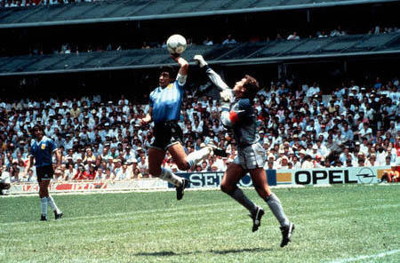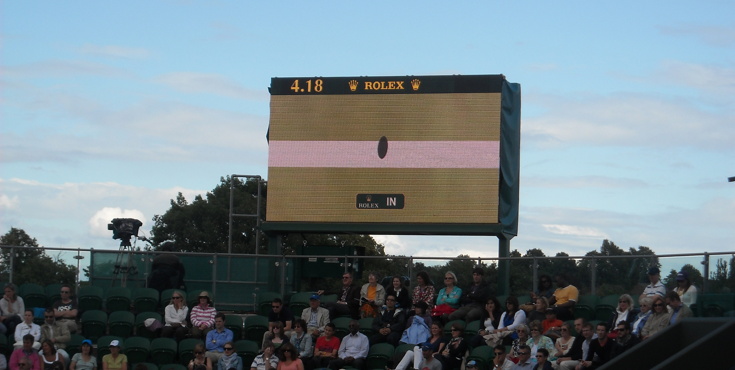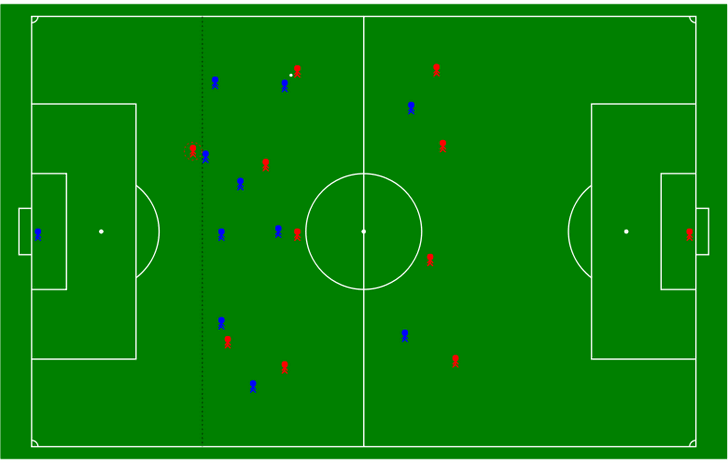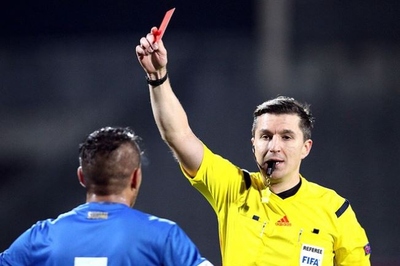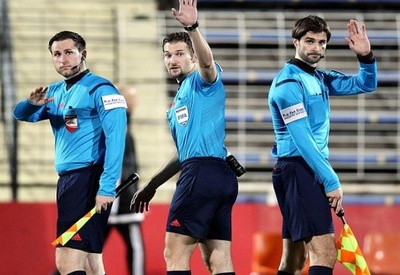In the world of football, honesty can be a rare commodity. Players will do anything to gain an advantage, and referees often struggle to keep up with the action on the pitch. To help them out, various measures have been introduced over the years, from linesmen to fourth officials. But with the speed of the game increasing, it was only a matter of time before technology became involved. Thus, Video Assistant Referee, or VAR, was born.
Bạn đang xem: Video Assistant Referees (VAR) in Football
Why Was VAR Introduced in Football?
The introduction of VAR can be traced back to incidents in football’s past that could have been avoided with its implementation. Take, for example, the infamous ‘Hand of God’ goal scored by Diego Maradona in the 1986 World Cup quarter-final between Argentina and England. This goal, which should never have stood, highlights the need for a system like VAR to prevent similar injustices in the future.
Over the years, football has been slow to embrace technology compared to other sports. Concerns about disrupting the flow of the game and its integration into matches have held back its implementation. However, with tennis and cricket successfully adopting technology, it was time for football to catch up.
How Does VAR Work?
VAR is not just a system; it’s a person. A separate referee, watching the game on television, assists the on-field referee. When incidents occur, the Video Assistant Referee can recommend a review, or the match referee can seek assistance. The final decision rests with the on-field referee, who can watch the incident back on a monitor located in the stadium.
VAR can be used in specific scenarios, such as goals, penalty decisions, red card decisions, and mistaken identity. However, it cannot be used for second yellow card incidents. The goal is to provide minimum interference while maximizing benefit.
Pros and Cons of Using VAR
VAR has its advantages and disadvantages. In situations where the outcome is clear-cut, such as offside or penalty decisions, VAR’s use is most effective. However, when the decision is subjective, relying on the referee’s opinion, controversy may arise. The introduction of VAR ensures that match officials have access to the same replays as TV broadcasters and spectators, increasing the likelihood of correct decisions.
Why Is Video Assistant Refereeing Controversial?
Controversy surrounds VAR due to several factors. Some argue that it disrupts the natural flow of the game, as referees take time to consult with VAR. Yet, it can also expedite decision-making by reducing the need for player confrontation.
Another point of contention is the lack of transparency for spectators. Without proper communication, fans in the stadium are left guessing why the game has been stopped or how the referee reached their decision. Implementing big screens and broadcasting referee conversations could address this issue.
Critics also claim that VAR distances the game from its grassroots by introducing technology not available at lower levels. However, the gap between professional and amateur football already exists in various aspects, including referee communication and player resources.
The Future of VAR
Despite its controversies, VAR is here to stay. The footballing community must adapt to its integration, and players may need to reduce their misconduct on the pitch. As technology advances, improvements in VAR implementation are inevitable. From smartwatches to smart glasses, the future holds exciting possibilities for the use of technology in football.
Xem thêm : The Chelsea Financial Fair Play Situation Explained
In conclusion, VAR may not be perfect, but when used correctly, it has the potential to increase the accuracy of match decisions. Football has a history of adapting to change, and with time, VAR will become an accepted and beneficial part of the game. For more information about VAR and the world of football, visit Movin993.
FAQs
Q: What scenarios can VAR be used in?
A: VAR can be used for goals, penalty decisions, red card decisions, and mistaken identity.
Q: Does VAR slow down the game?
A: While VAR consultations can take some time, it can also expedite decision-making by reducing player confrontation.
Q: How can VAR improve transparency for spectators?
A: Implementing big screens and broadcasting referee conversations can inform spectators of VAR decisions during the match.
Q: What is the future of VAR?
A: As technology improves, VAR will continue to evolve and become more seamlessly integrated into the game.
Nguồn: https://movin993.com
Danh mục: Tin tức

